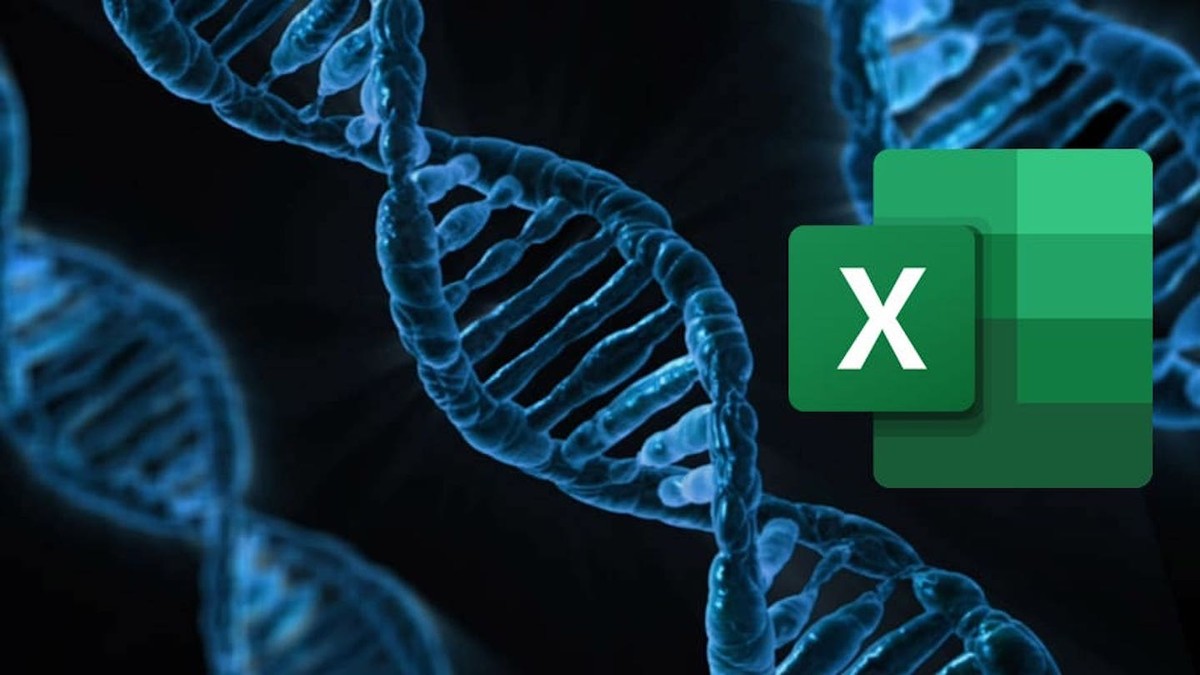Scientists predict that there are over three billion base pairs of dna in human genes and over 25 000 genes in the human genome

Scientists predict that there are over three billion base pairs of DNA in human genes and over 25,000 genes in the human genome.

In the vast realm of genetic research, scientists have come to a groundbreaking conclusion: there are over three billion base pairs of DNA in human genes and an astonishing 25,000 genes in the human genome. This discovery has revolutionized our understanding of genetics and paved the way for incredible advancements in medicine and biotechnology.
To comprehend the magnitude of this finding, let’s first define some key terms. DNA, or deoxyribonucleic acid, is the complex molecule that contains our genetic information. It serves as the blueprint for life, carrying instructions for the development, functioning, and reproduction of all living organisms, including humans.

The human genome refers to the complete set of genes present in human cells. Genes are segments of DNA that contain instructions for building proteins, which are vital for various biological processes. They determine our physical traits, such as eye color, height, and predisposition to certain diseases. Understanding the human genome is like unlocking the secrets of our existence.
To put the enormity of the human genome into perspective, imagine a book with three billion letters. That’s equivalent to a library of books, each containing over 3,000 pages! Each letter represents a base pair, which consists of two nucleotides (adenine, thymine, cytosine, and guanine) that form the rungs of the DNA ladder. These base pairs are the building blocks of life, and the human genome is a compilation of three billion of them.
But what about the genes? Genes are the specific segments of DNA that contain the instructions for producing proteins. Proteins are the workhorses of the body, carrying out essential functions such as transporting nutrients, supporting the immune system, and regulating cell activity. It is estimated that humans have around 25,000 genes scattered across the three billion base pairs of DNA.
This groundbreaking understanding of the human genome has opened up a world of possibilities in the field of genetics. Scientists can now study the intricate relationships between genes and diseases, identify genetic variations that contribute to certain conditions, and develop personalized treatments tailored to an individual’s unique genetic makeup.
Moreover, advancements in gene editing technologies, such as CRISPR-Cas9, have made it possible to modify specific genes, potentially offering cures for previously untreatable genetic disorders. The ability to manipulate genes also holds promise for addressing global challenges like food security and environmental sustainability.
In conclusion, the discovery that there are over three billion base pairs of DNA in human genes and over 25,000 genes in the human genome is a monumental achievement in the field of genetics. It opens up a world of possibilities for understanding ourselves and improving the quality of life. This knowledge has the potential to revolutionize medicine, transform agriculture, and shape the future of humanity.
Share
Related Posts
Quick Links
Legal Stuff

